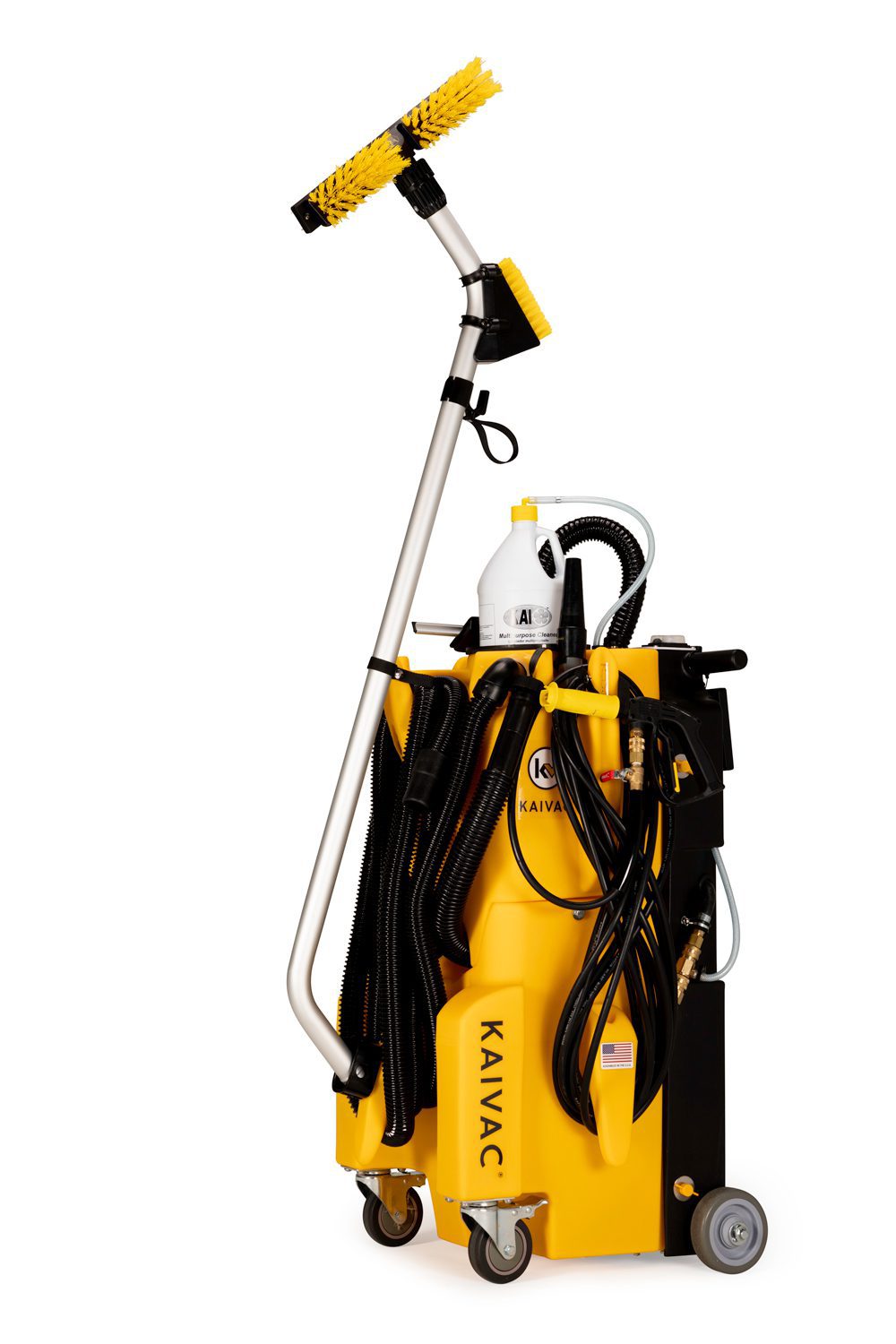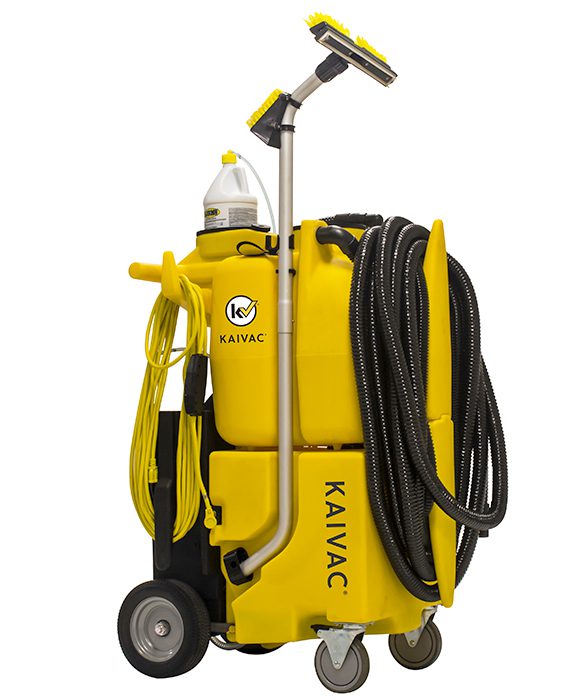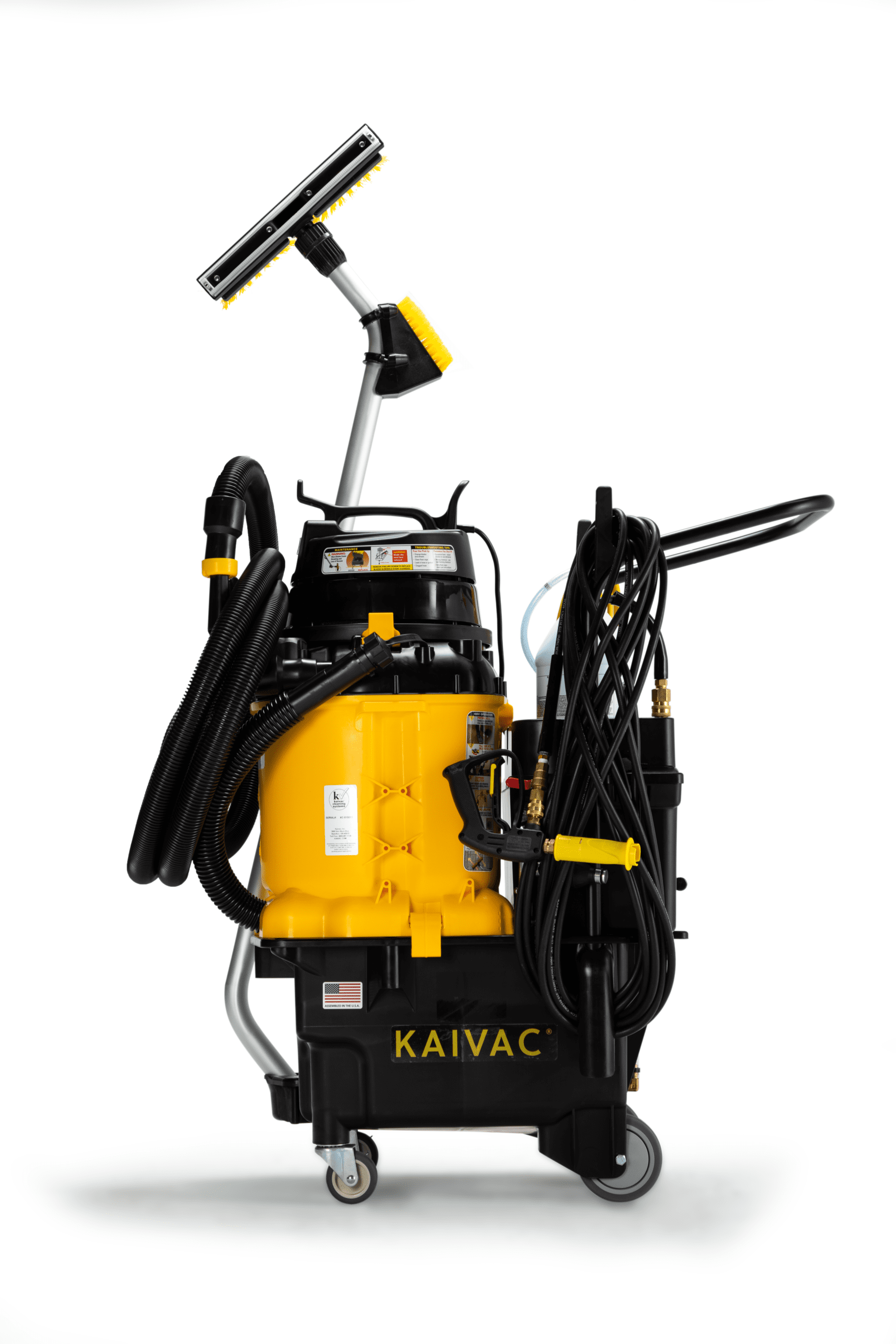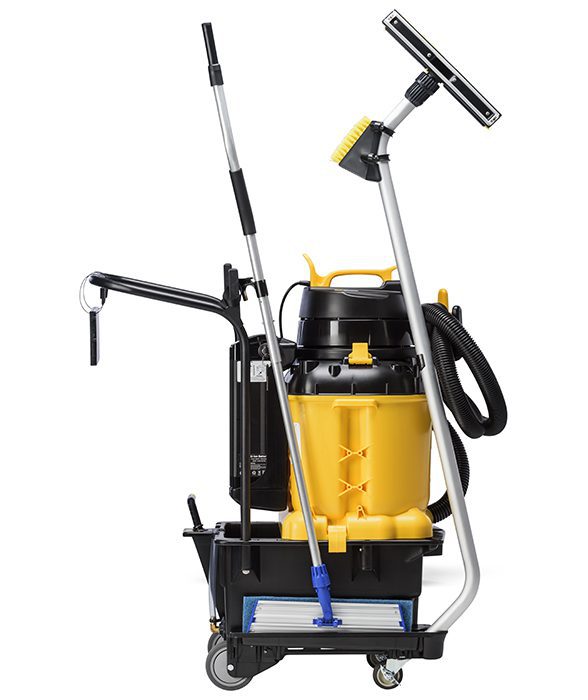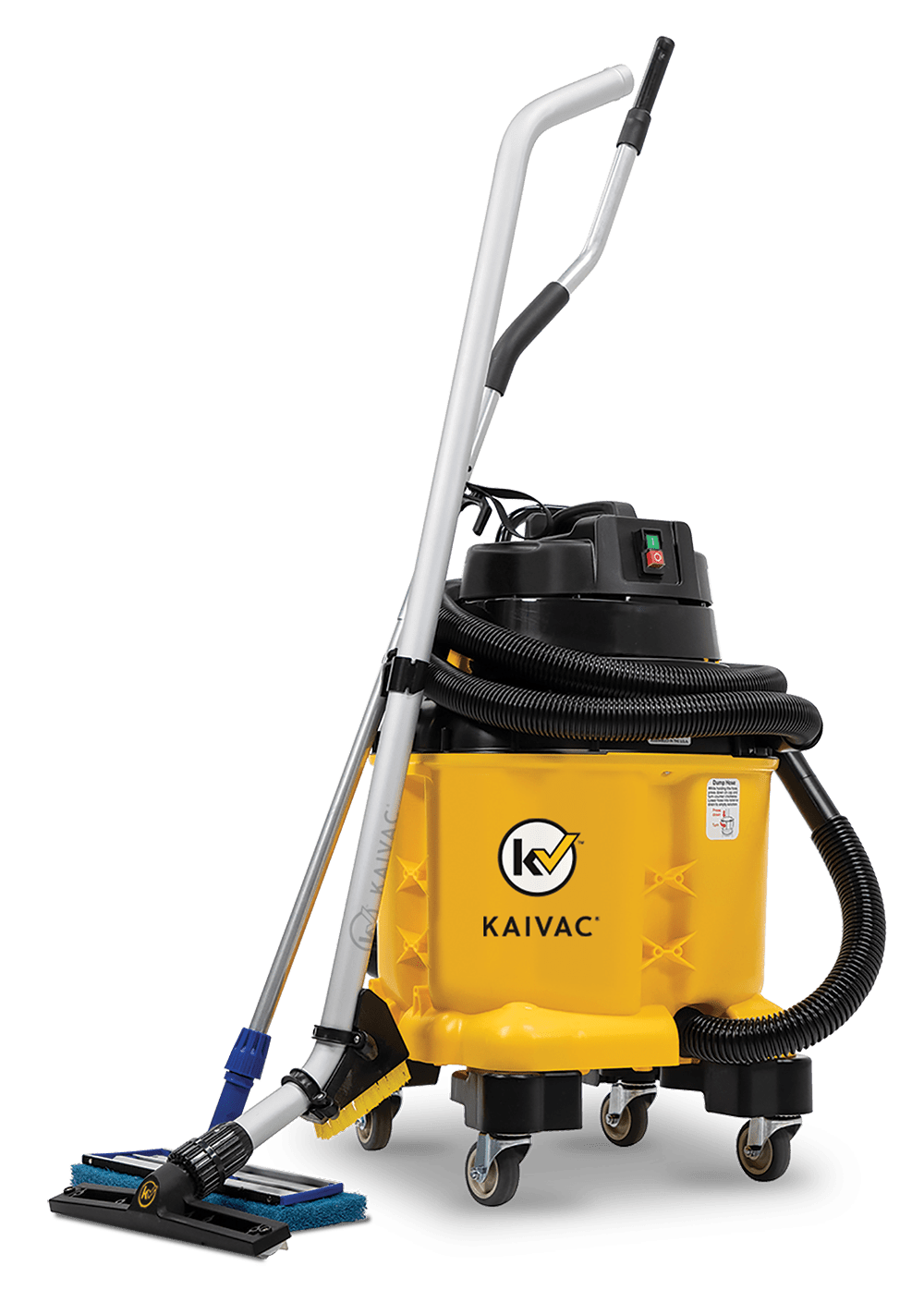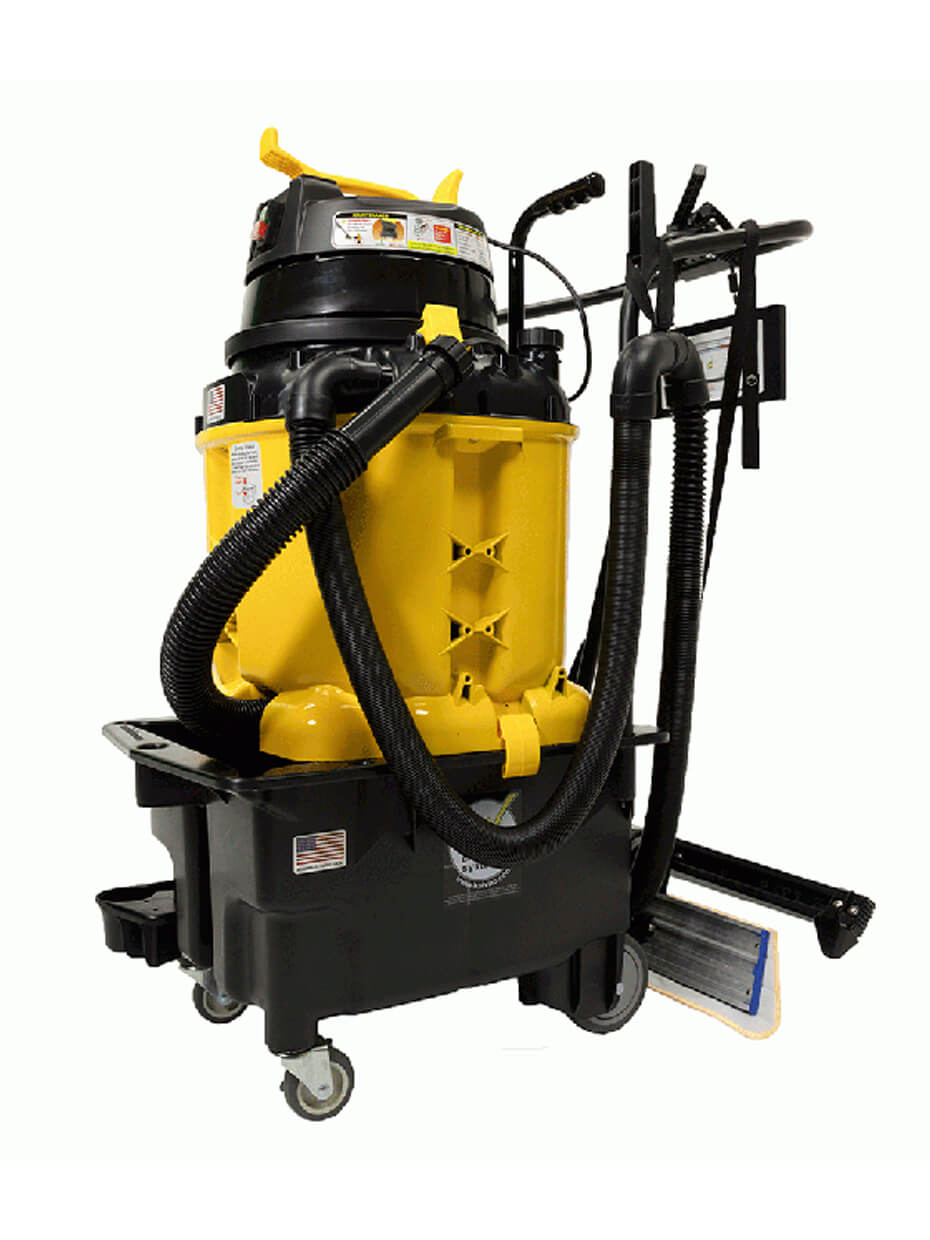The terms new and improved get bandied about in the cleaning business all the time, but microfiber towels, cloths constructed out of millions of tiny plastic fibers, are the real deal. These extruded plastic wonders really can clean surfaces faster, better and more completely than cotton cloths.
If you use them correctly.
When used incorrectly microfiber towels can become dangerous agents of cross contamination, spreading dirt, germs and pathogens from one surface to another. That’s the exact opposite of new and improved.
Here’s how to clean with a microfiber towel.
Microfiber: What is It?
Microfiber is an extruded, ultra-thin, synthetic fiber. First developed in the 1950s the product really took off with the invention of Ultrasuede in the 1970s, according to Wikipedia.
Groovy as that was, microfiber towels really came into their own as a cleaning tool in the 1990s. Widely used in Europe, the product is now popular in the United States as well. Particularly appealing is microfiber’s ability to clean and dry surfaces completely without the use of detergents.
How Microfiber Towels Work
Microfiber is made by forcing polyester or a blend of polyester and nylon through tiny pipes and then heating the fibers so they weave together. For high-quality cleaning products the fiber filament is then split apart into microfibers ten to twenty times smaller. Ultimately the microfibers end up ten to fifty times thinner than human hair
These tiny fibers attach themselves to dirt, soils and germs using adhesive properties known as van der Waals forces, named after the Dutch chemist who discovered the phenomenon, according to Explainthatstuff.com. These van der Waals forces also explain how geckos use the millions of microscopic hairs, split into hundreds of tips, on their feet to climb walls.
So, microfiber is basically a small particle magnet, using physics to lift up dirt particles and liquids and hold them within its net of tiny, star-shaped filaments. A hot water wash uncurls the fibers a bit so dirt, soils and pathogens fall away.
How Microfiber Can Go Wrong
Sounds great, right? No one could possibly argue with an inexpensive, reusable cleaning cloth that works without detergents and can even remove tiny bacteria and other microbes.
But it’s not as simple as that.
Microfiber’s greatest selling point, “hungry” fibers that soak up dirt and germs, can actually be its downfall. Research shows that wiping multiple surfaces with the tool creates a significant amount of cross contamination, according to the Journal of Hospital Infection which finds that, “the performance of all [microfiber] cloths decreased with repeated use on a succession of contaminated surfaces.”
Other lab testing shows similar findings.
Even microfiber’s ability to remove bacteria* has its limitations. True, the tool is better at removing micro-contaminates than cotton but TURI, the Toxics Use Reductions Institute, found that a microfiber mop loses that effectiveness pretty quickly.
After that, the microfiber becomes another source of contamination.
*Important note: Microfiber towels are often labeled as antibacterial. They make this claim because the fibers will pick up particles their same size or larger. Typical bacteria measure between one to five microns, the same size as the fibers, so the towel captures them.
Viruses, like SARS-CoV-2, the cause of Coronavirus (COVID-19,) are much smaller and a microfiber towel can’t capture them alone. Use an EPA-registered disinfectant to kill viruses first before wiping with a microfiber towel.
How to Clean with a Microfiber Towel
There is a way to clean that gets all the great benefits from microfiber while avoiding the risk of cross contamination. The proper technique uses a dry section of towel to clean off a flat surface sprayed with cleaner.
Experts recommend using one section of a microfiber towel at a time to avoid cross-contamination. Wadding the towel up in a ball, a common practice, is not recommended. Instead try folding the towel in half and then in half again, to create eight clean, fresh panels per towel. Switch to a new panel before moving to a new surface.
To help users keep track of what panel they’re on, Kaivac has numbered the quadrants on their microfiber SmartTowel. This simple upgrade limits the chance of accidental cross contamination. The towels are also available in a variety of colors, allowing users to color-code their equipment and further prevent cross contamination.
While you can use dry microfiber towels, sometimes water or a cleaning solution is necessary. In these cases, always spray the surface first and not the towel.
That’s because microfiber is highly absorbent, holding up to seven times its weight in liquid. Pre-wetting the towel fills the fibers so they can’t pick up and hold dirt and soils. Once saturated the towel spreads soils around instead of removing them.
Microfiber towels are a great cleaning tool if users remember these tips:
- Use colored towels to avoid cross contamination between rooms
- Fold towels into quadrants so users always have a fresh panel
- Spray water or cleaning solution on the surface, not the towel


